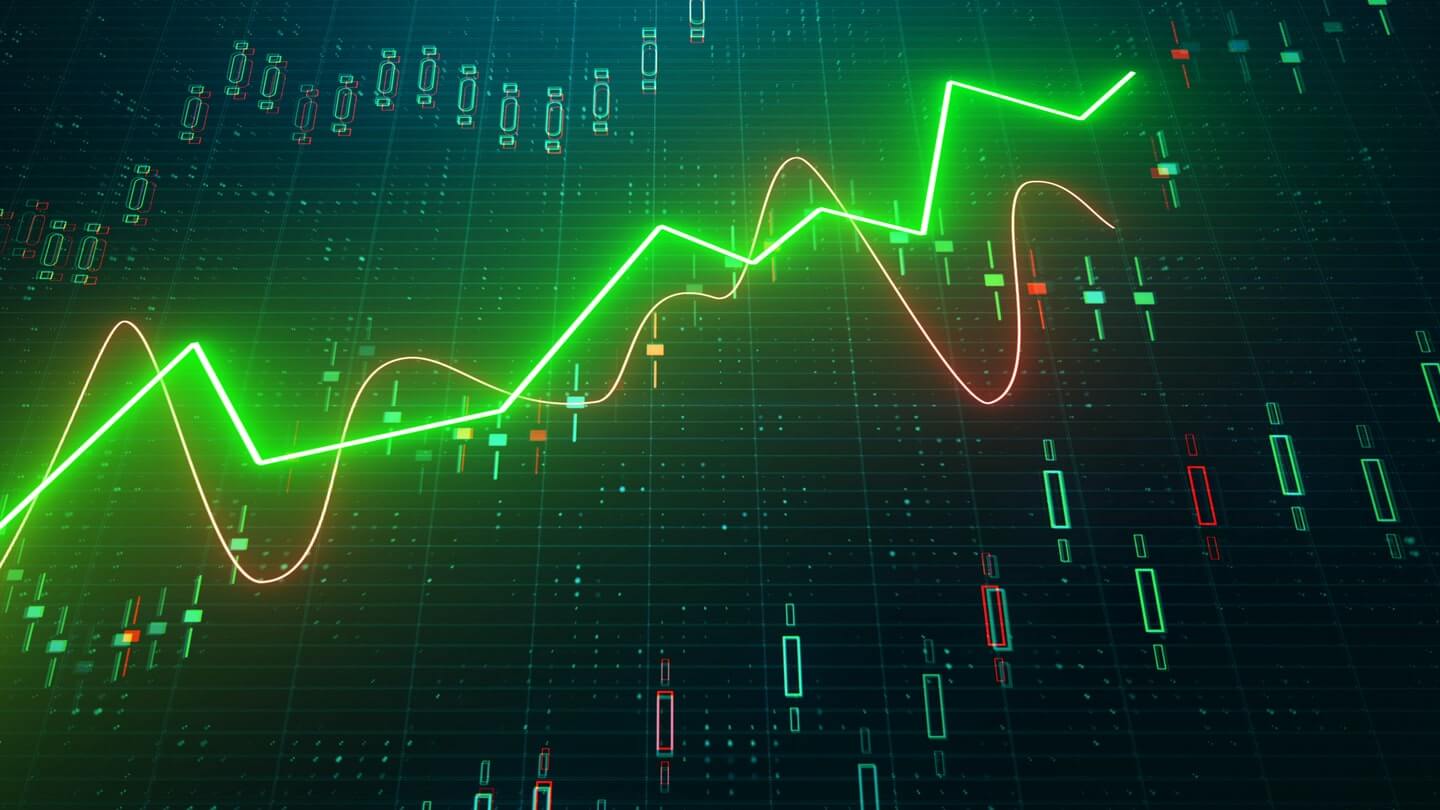AI Stocks Rebound as Trump Team Eyes Rollback of Chip Export Limits
11.05.2025 8:00 1 min. read Alexander Stefanov
Momentum is building in the AI sector after reports emerged that the Trump administration plans to dismantle strict chip export rules introduced under President Biden.
The proposed reversal has reignited optimism around top semiconductor firms, with Nvidia and AMD both bouncing in response.
Nvidia, which had faced a turbulent start to the year amid U.S.-China tech tensions, appears to be regaining ground. The stock posted back-to-back gains this week after news surfaced that new rules are being drafted to simplify international chip trade.
A statement attributed to the Commerce Department suggested the current policy “chokes innovation” and will be replaced with a framework aimed at boosting U.S. leadership in artificial intelligence.
Following the announcement, Nvidia shares climbed 3% on Wednesday and kept the momentum going into Thursday, aided further by news of a fresh U.S.–UK trade agreement. The stock is now hovering around $118, with analysts eyeing potential upside.
Market watchers are split on how far Nvidia can go from here. While the median forecast from analysts points to a $160 target—a 35% gain from current levels—bullish projections go as high as $235. Even with downside risks near $100, the changing policy landscape could set the stage for a longer-term rally.
-
1
Binance Founder Says Bloomberg’s USD1 Report is False, Threatens Lawsuit
13.07.2025 8:30 2 min. read -
2
Binance CEO Issues Urgent Crypto Security Reminder
09.07.2025 17:30 2 min. read -
3
Top 7 Crypto Project Updates This Week
19.07.2025 18:15 3 min. read -
4
EU Risks Falling Behind in Digital Finance, Warns Former ECB Board Member
06.07.2025 13:00 2 min. read -
5
Crypto Sector H1 2025 Roundup: Binance Report Shows Institutional Surge and Tech Growth
19.07.2025 11:00 2 min. read
JPMorgan: Coinbase Could Gain $60B From USDC-Circle Ecosystem
A new report from JPMorgan is shedding light on the staggering upside potential of Coinbase’s partnership with Circle and its deep exposure to the USDC stablecoin.
5 Major US Events and How They Can Shape Crypto Market in The Next Days
The week ahead is shaping up to be one of the most pivotal for global markets in months. With five major U.S. economic events scheduled between July 30 and August 1, volatility is almost guaranteed—and the crypto market is bracing for impact.
eToro Launches 24/5 Stock Trading, Unlocking Round-the-clock Access to Top US Shares
Global fintech platform eToro has officially rolled out 24/5 trading on its 100 most popular U.S. stocks, giving users the ability to buy and sell equities at any time from Monday to Friday.
Stablecoins are Overtaking Visa: Here is The Latest Data
A new chart from Bitwise Asset Management has sent shockwaves through the financial world, showing that stablecoin transaction volumes are now rivaling—and in some cases surpassing—Visa’s global payments.
-
1
Binance Founder Says Bloomberg’s USD1 Report is False, Threatens Lawsuit
13.07.2025 8:30 2 min. read -
2
Binance CEO Issues Urgent Crypto Security Reminder
09.07.2025 17:30 2 min. read -
3
Top 7 Crypto Project Updates This Week
19.07.2025 18:15 3 min. read -
4
EU Risks Falling Behind in Digital Finance, Warns Former ECB Board Member
06.07.2025 13:00 2 min. read -
5
Crypto Sector H1 2025 Roundup: Binance Report Shows Institutional Surge and Tech Growth
19.07.2025 11:00 2 min. read


